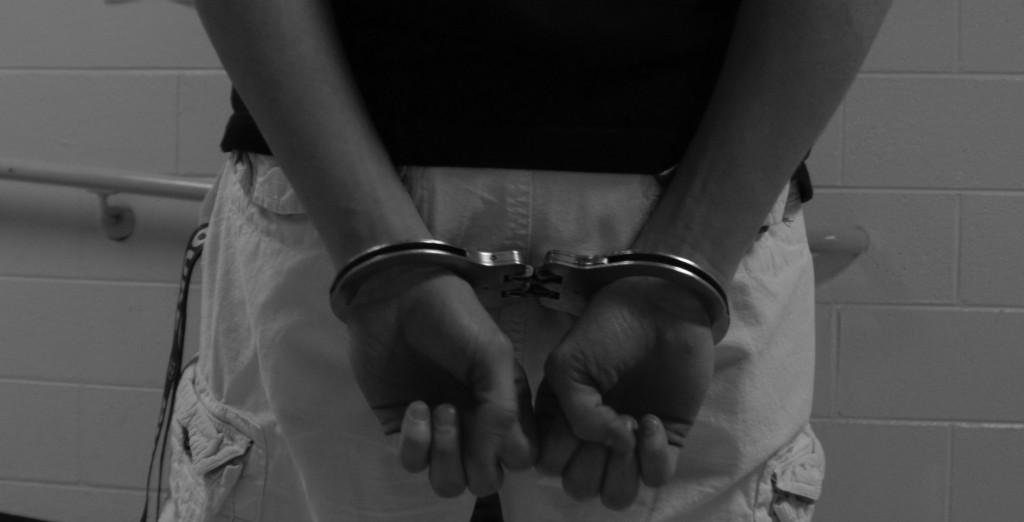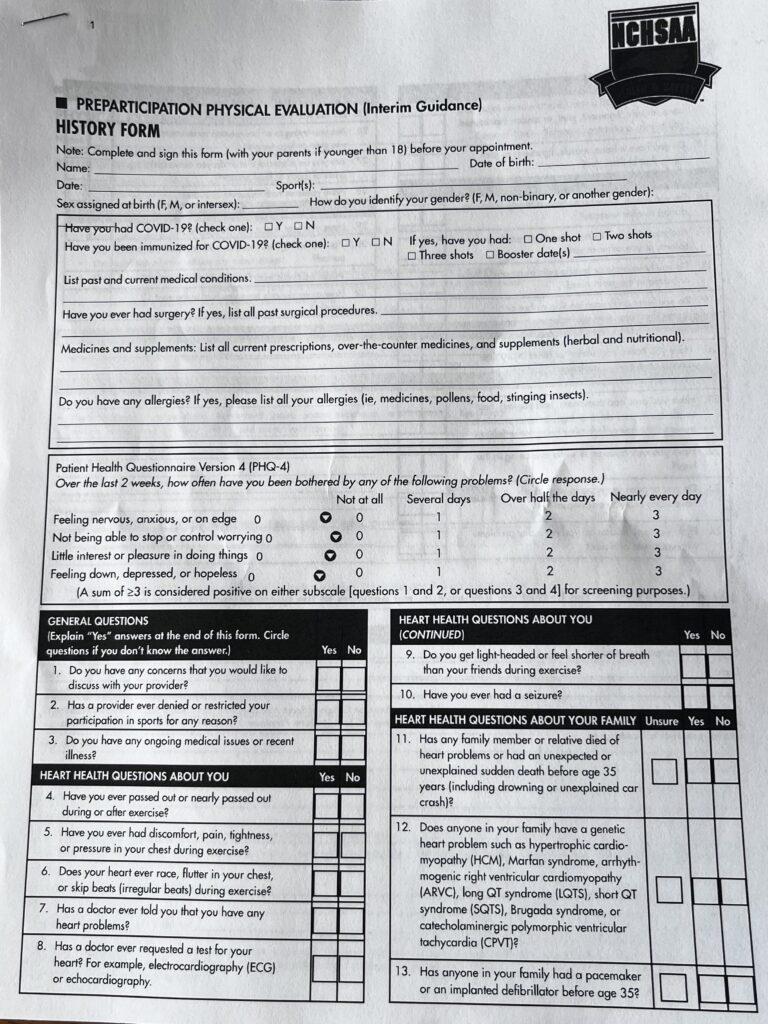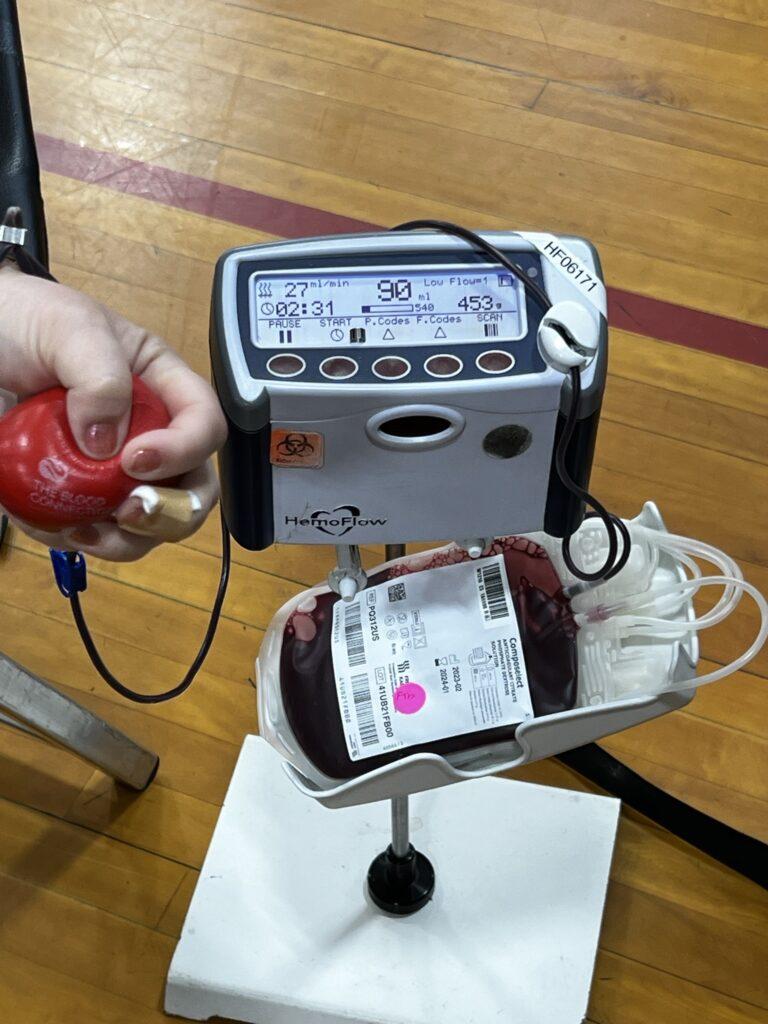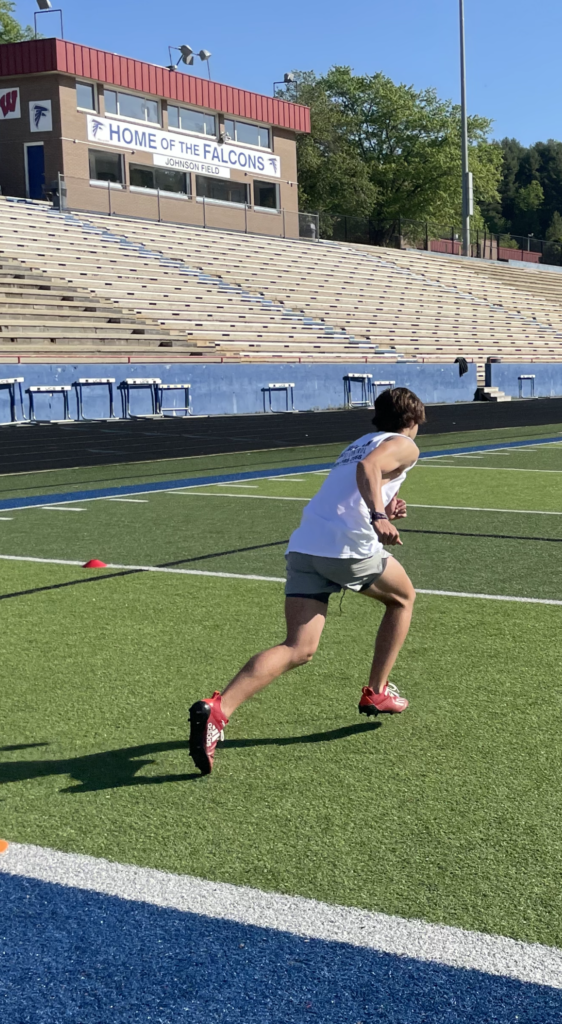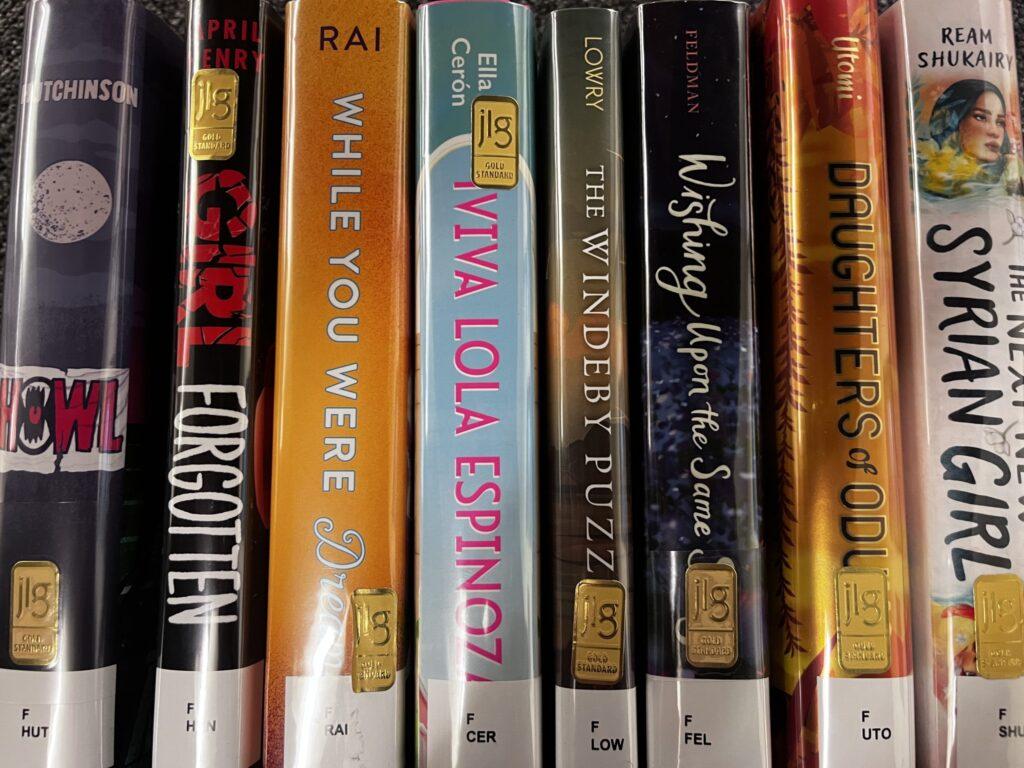[column size=one_half position=first ]
Pro: Police are going too far
Unarmed 24-year-old Jonathan Ferrell was walking toward the police with his hands up when he was shot and killed by Charlotte police officer, Randall Kerrick, on Sept. 14, 2013.
Moments before, Kerrick had managed to extricate himself from a crashed car that was so damaged he had to climb out of the back window, and he was seeking help. When police arrived, he was knocking on the door of a residential home.
The police believed Ferrell was involved in an attempted break-in. He approached the police with his hands up, clearly unarmed, when Kerrick tased and then fired at him. Ferrell was hit with 10 of the 12 shots.
Stories of the excessive use of by police force have filled the news recently. Unjustifiably taking the life of an innocent victim is not simply a “mistake.” You can fix a mistake; you cannot bring someone back from the dead. When one individual is beaten or shot in the street by another citizen, people recognize that as wrong. Why is the uniform of the attacker causing such confusion?
Society is recognizing examples of police abusing their power as authoritarian figures. Cases of unarmed or innocent citizens dying from the quick judgements of police officers have been witnessed by the public with increased frequency.
The use of body cameras by police officers has exposed many of these situations. Media reports have increased awareness. Most people carry around devices with video recording and with quick access to the Internet a single incident can be witnessed nationwide in a matter of seconds. Bystander videos prove to be valuable evidence in courtrooms where they are showing up more frequently.
President Barack Obama proposed investing $75 million dollars over the next three years to provide local police departments with up to 50,000 body cams. Two years ago, officers in Rialto, California, started wearing body cams, and since then, citizen complaints against police officers have dropped 88 percent.
It is possible these attacks on unarmed African-American men are influenced by racial prejudice. A report released October 2014 by ProPublica reported that young African-American males are 21 times more likely to be shot by police than Caucasian males in the same age range. According to ProPublica, of the 1,217 deadly police shootings that were reported in federal data from 2010 to 2012, black males ages 15 to 19 were killed at a rate of 31.17 per million, compared to a rate of 1.47 per million for white males in that age range. According to ProPublica, from 1980 to 2012, 41 teens 14 or younger were killed by the police. Of these, 27 were black, eight were white, four were Hispanic and one was Asian.
It is common knowledge that police encounter dangerous situations when they are on duty. According to the FBI, 49,851 officers were assaulted in the line of duty in 2013. They, therefore, should be aware of the line between a life-threatening situation and an unarmed citizen being uncooperative. The public puts its trust in the police force to maintain safety. Why should citizens going about their business fear being attacked by the very people we pay to keep us safe?
The responsibilities of the police should be taken seriously, especially since they control the line between life and death with the simple pull of a trigger. That power should be only used as a last resort and not an automatic reaction to the slightest sign of danger. For their own safety, the police should be ready to act at a moment’s notice, but also ready to think before jumping to conclusions.
By Rachel Raasch
[/column]
[column size=one_half position=last ]
Con; Police aren’t going too far
On Saturday, Aug. 9, Officer Darren Wilson shot Ferguson, Mo., resident Michael Brown after he resisted arrest multiple times. “He had the most intense aggressive face I’ve ever seen on a person,” Wilson said. The unarmed 18-year-old teen charged Wilson even after he had shot him several times. Wilson fired a couple more times but Brown kept rushing toward him.
Police, who are knowledgeable and trained on how to suppress a suspect, should be able to use the amount of force that they know is necessary without public shaming from uneducated people expressing their opinions.
Wilson said that when he tried to open his door Brown slammed it shut and asked, “What the f*** will you do?” Brown then proceeded to punch Officer Wilson in the face. Wilson pulled out his gun and warned Brown that he would shoot him. Brown then grabbed the gun and pointed it at the officer’s hip area.
Today the public struggles with the question, “What is necessary force and what is excessive force?” Excessive force is described as any force beyond what is necessary to arrest a suspect and keep police and bystanders safe. While necessary force depends on one’s opinion.
The issue is that the amount of force used to subdue an unwilling criminal is a judgment call by a police officer. There is no universally accepted definition of what is reasonable force. Therefore, the public tries to debate and argue that a police officer was wrong and did not need to hit or shoot a criminal in order to stop him.
When American citizens hear about a killing during an arrest on the news, they immediately question if this was the right thing to do. No criminals want to be arrested, so at times they will put up a fight, run or threaten a law enforcement officer to avoid being arrested. Any police officer knows that just because he has a gun does not mean he is safe. Officers never know who they are dealing with — the criminal could be a first-time offender or a convicted felon.
According to traditional rule, using deadly force is only allowed in situations where the officer has a reasonable suspicion that the suspect has committed a felony. If it turns out that the suspect had not committed a felony and the officer used deadly force, it will be usually be considered justified in court.
The public can interpret this story in many different ways. Nobody will ever know how Officer Wilson felt and the amount of force he felt was necessary to stop the furious 18-year-old who had the nerve to point a gun at him.
Police officers act the way they do to protect the public, and nobody is there to witness the force needed in a single situation. Only the officer is there to make the right judgment and act on it. The public does not have the right to say that a police officer should have done it differently.
The public loves to pull the race card by saying that what an officer did was in a malicious manner because the suspect or criminal was of a specific race.
In law enforcement agencies 12 percent of officers are African-American and 75 percent are white. Black officers were involved in 10 percent of fatal police shooting. Almost 80 percent of those they killed were black.
White officers are responsible for 91 percent of white fatalities and only 68 percent of color.
Based on these statistics, nobody can say that white officers are out for victims of color or are more likely to kill them. If suspects are threatening an armed officer they are putting their own lives in jeopardy.
By Isabella Perron
[/column]

